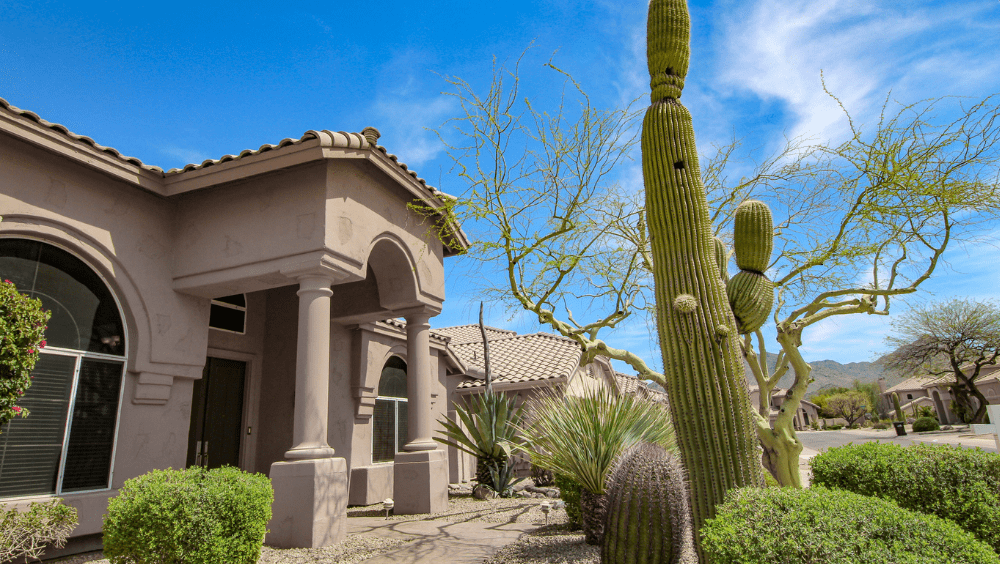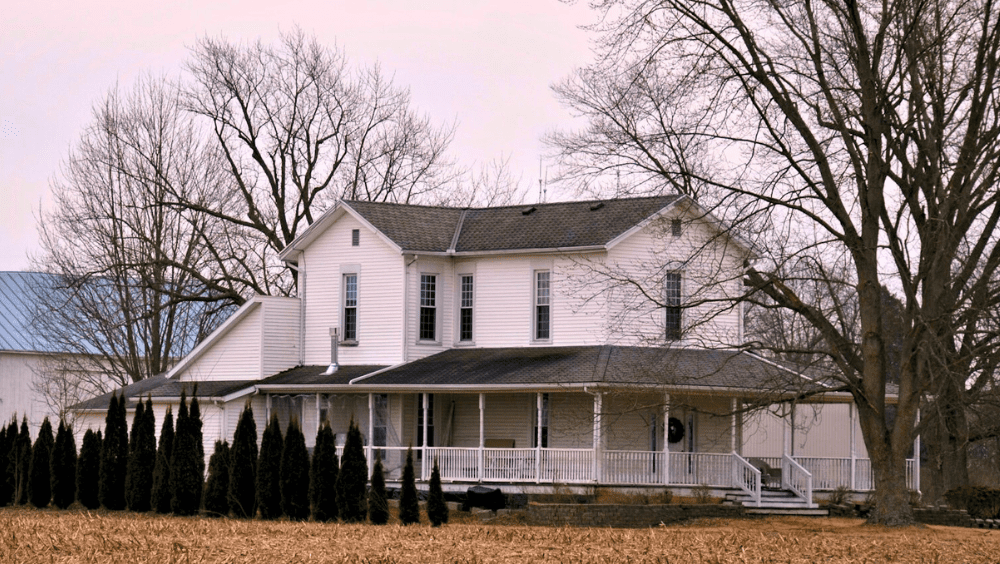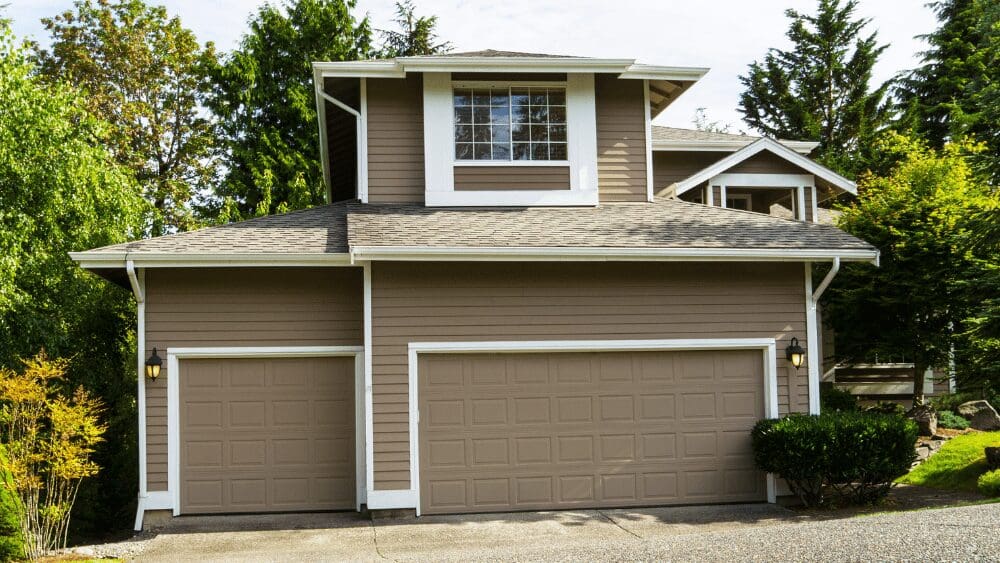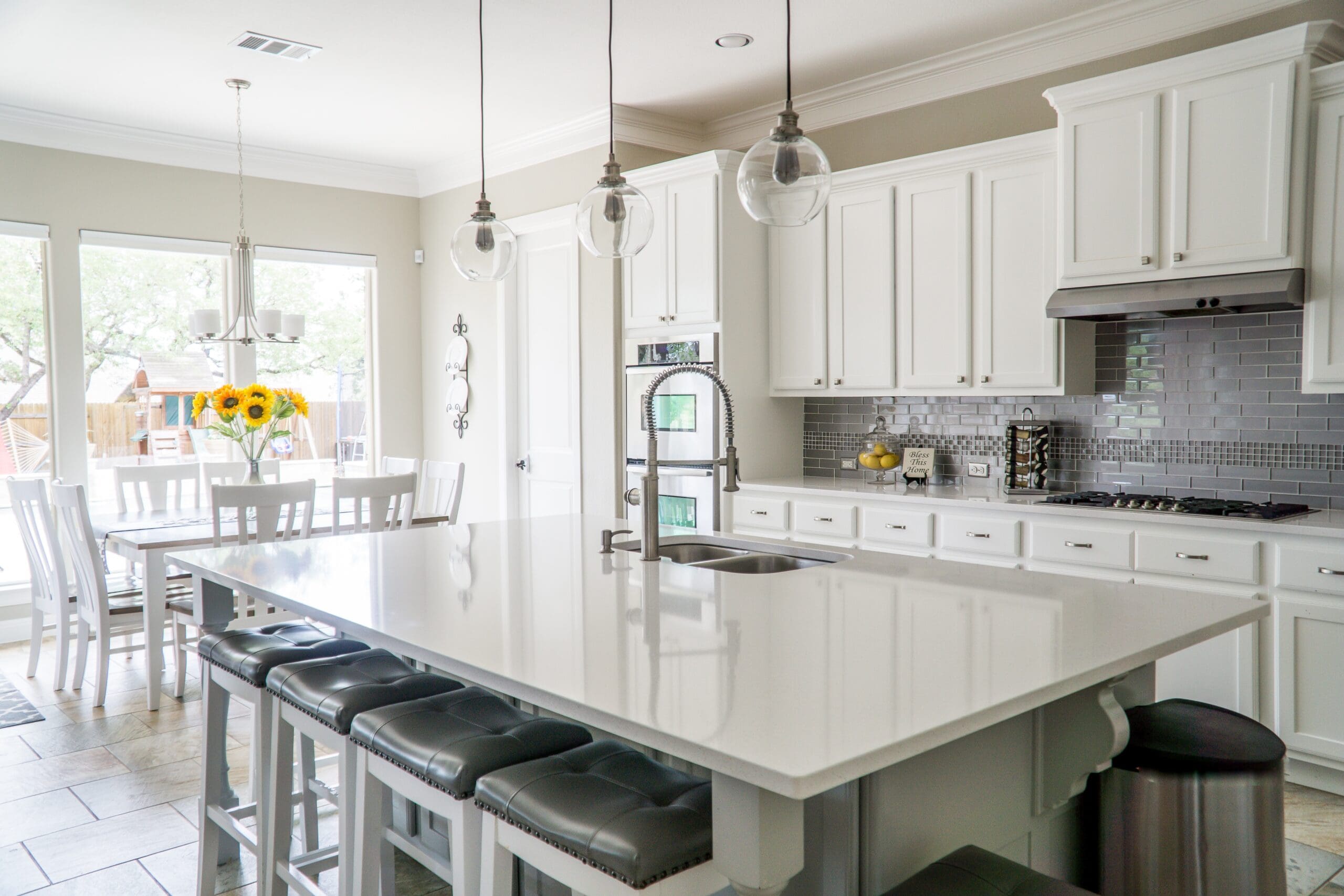
Selling your current home while trying to buy a new one in Scottsdale can feel like a juggling act. You need the equity from your existing home to fund your next purchase — but getting the timing right isn’t always easy. It might seem like your only option is to sell, move out, and temporarily rent while you search for your next home. A bridge loan could be the solution to help everything fall into place. In this post, we’ll explain everything you need to know about bridge loans in Scottsdale so you can decide the best path forward for your situation.
A bridge loan is a short-term loan designed to help you buy a new home before your current one sells. It lets you tap into your existing home’s equity to cover a down payment and closing costs, giving you more flexibility in a tight timeframe. Bridge loans are typically more expensive than traditional mortgages, but they offer convenience and speed — especially when you need to act fast and don’t want to risk losing your next home. Also referred to as: If you’re researching bridge loans in Scottsdale, you may have found your next home but are still in the process of selling your current one. Rather than miss out, you can use your home’s equity to fund the down payment and closing costs for your new property. Often, the same lender issuing your new mortgage can also provide your bridge loan. They may require your current home to be listed on the market and typically cap the loan term at six months to one year. Your debt-to-income ratio (DTI) will also factor into approval. Lenders may include your current mortgage, your new mortgage, and interest-only payments on the bridge loan in the calculation. However, if your current home is already under contract and the buyer’s loan has final approval, your lender may only count the new mortgage payment. Lenders want to see that you can handle both payments if your current home takes longer to sell. Here are a few ways bridge loans in Scottsdale can help make your transition smoother: While a bridge loan can provide more flexibility and alleviate some stress when it comes to selling your current home and purchasing a new one, there are some notable drawbacks: A bridge loan isn’t a one-size-fits-all solution, but for some sellers, it can ease the stress of transitioning between an old and a new home. Some examples of when a bridge loan might help: You want to sell an empty or staged home, which can often be more lucrative.What is a bridge loan, in simple words?
How does a bridge loan work in Scottsdale?
What are the benefits of a bridge loan in Scottsdale?
What are the drawbacks of a bridge loan?
When is a bridge loan a good solution?



